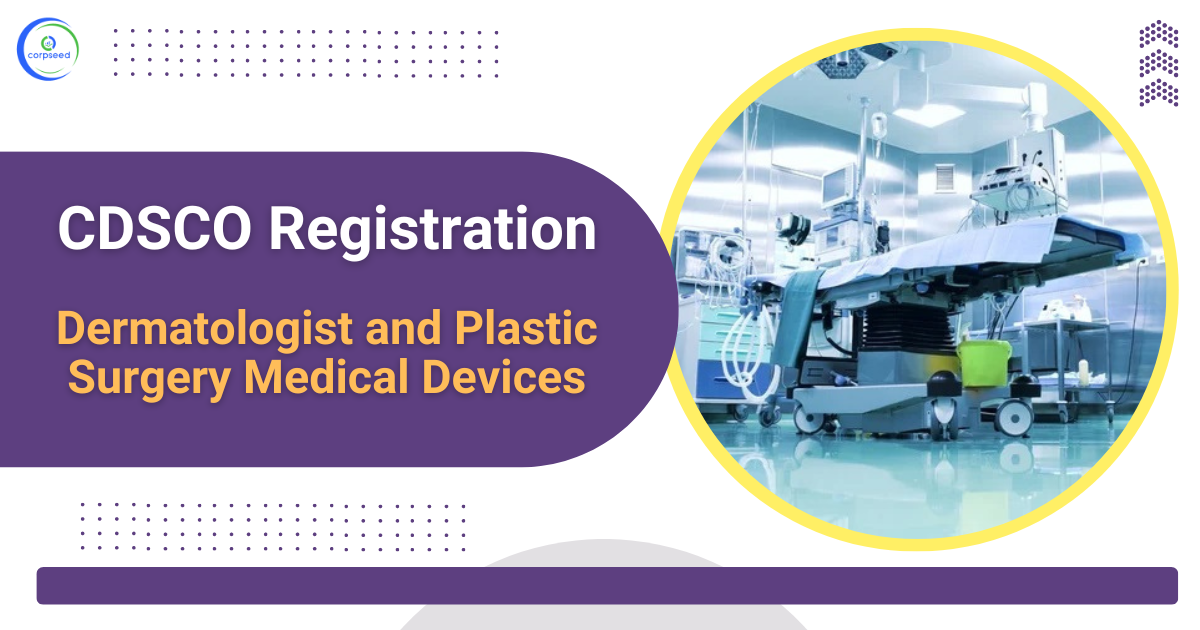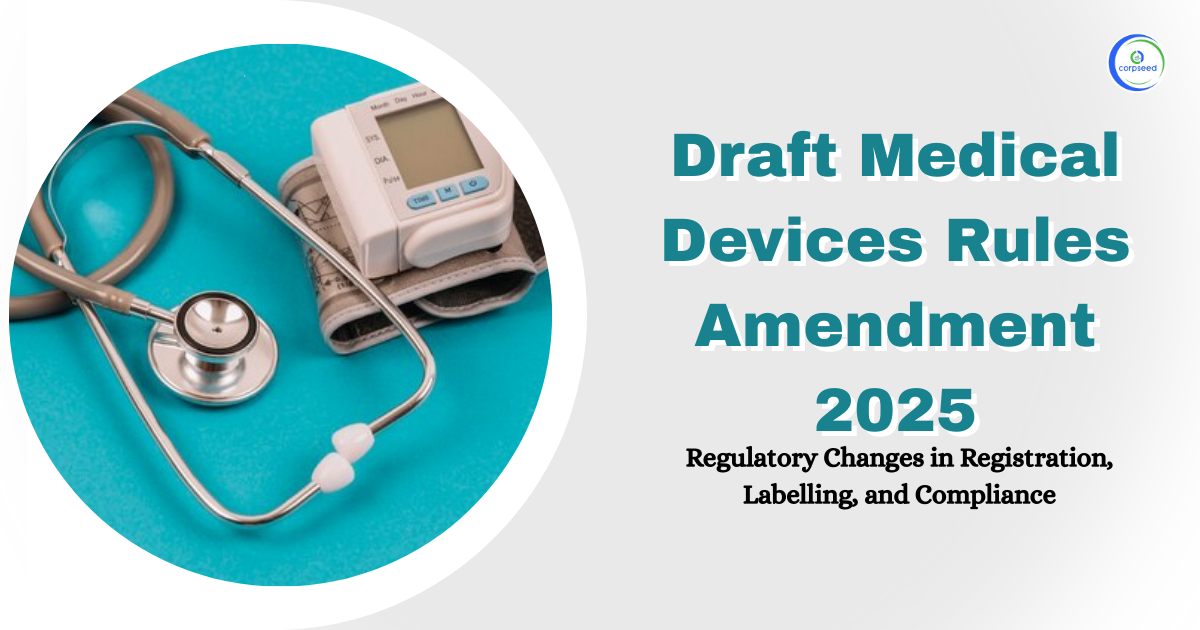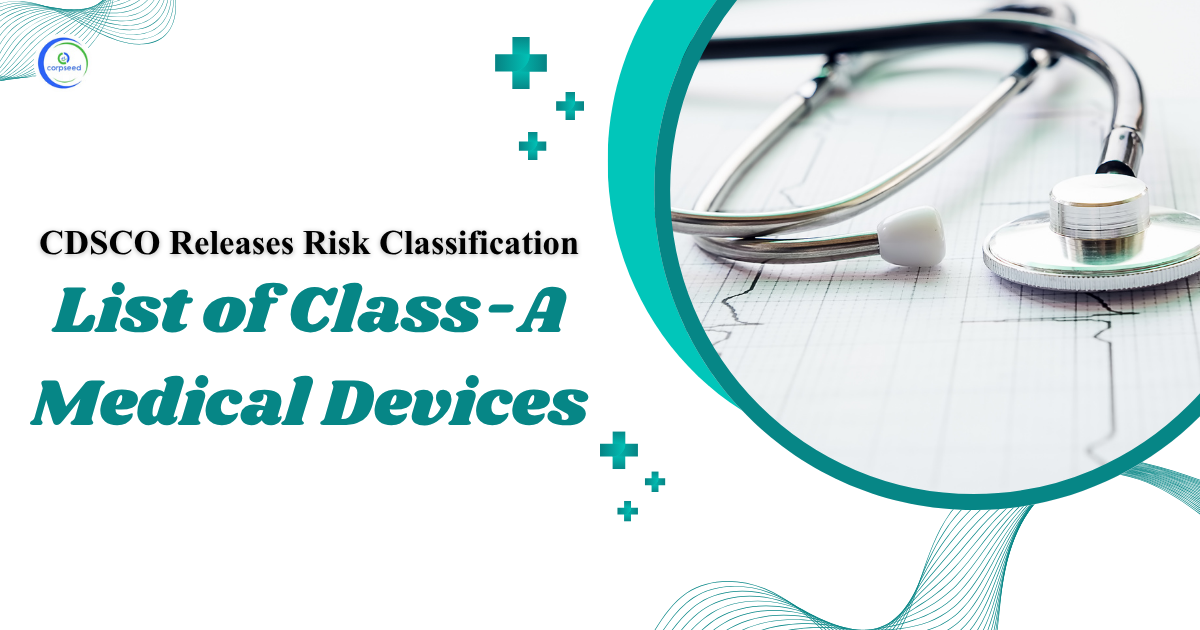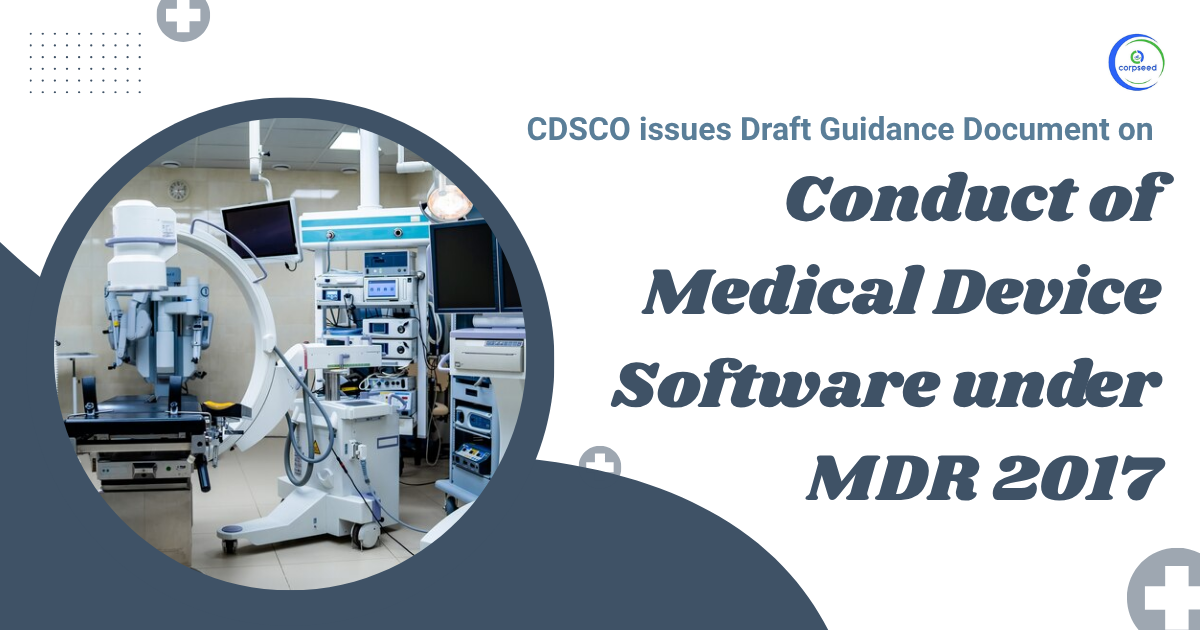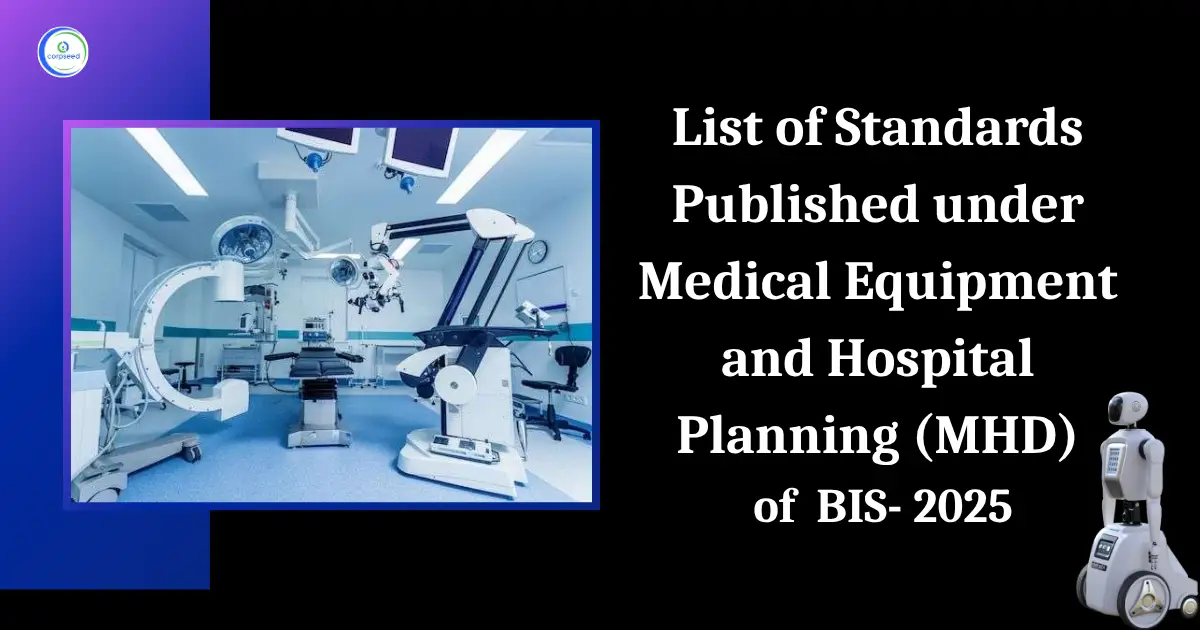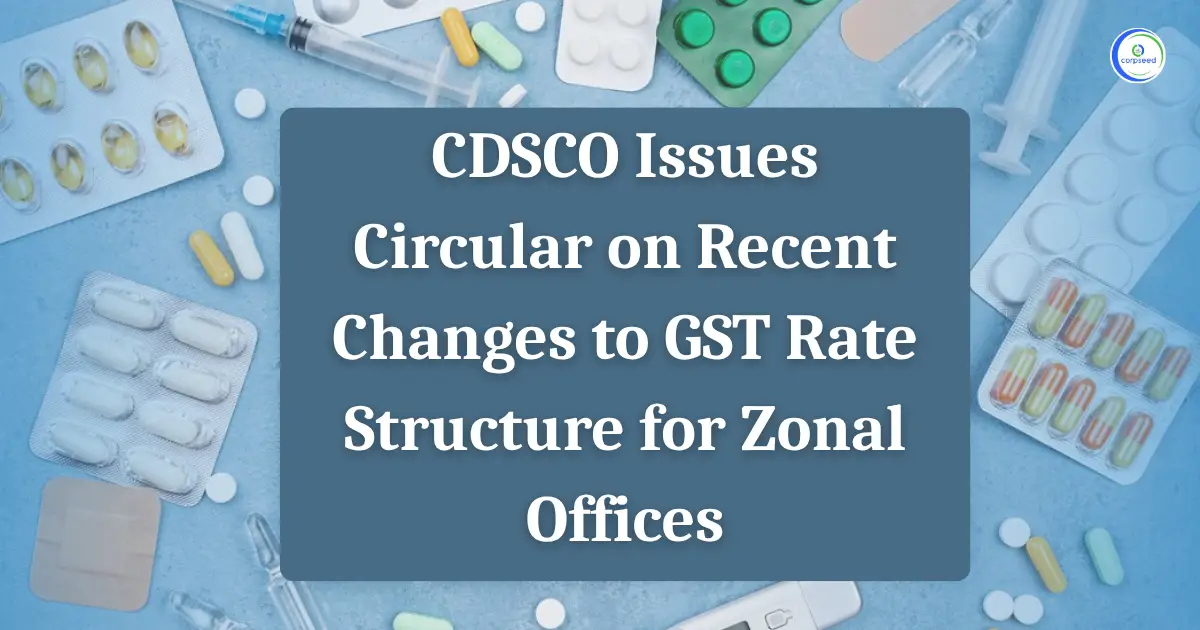A Brief Introduction of DERMATOLOGICAL and PLASTIC SURGERY
Doctors who treats the patients of skin diseases are known as Dermatologist. Dermatologist diagnose the disease of skin cancer and cure it as well. But on the other side, plastic surgery is a procedure where a plastic surgeon perform a surgery desired by the patients for aesthetic reason. Dermatologist usually use skin lotion, creams, cleansers to cure the disease but plastic surgeons use saws, scalpels and lasers to perform the surgery.
Table of Contents
- A Brief Introduction of DERMATOLOGICAL and PLASTIC SURGERY
- What is a Medical Device?
- Types of Medical Devices in India
- Eligibility Criteria for Medical Devices Registration/Import
- Process & Fee for Medical Devices Registration
- Documents required to be attached
- Time Involved &Validity for Registration
- Re-registration or Renewal of the Registration Certificate
- Post-Compliances after Receiving Registration
--------------Blog Contact Form-------------
From 1st of October 2022, the said medical devices having risk class A and B will be covered under the licensing regime of CDSCO. Once the devices are under the scope of licensing regime of CDSCO, all the importers and manufacturers of the said devices will have to apply for the license in order to sell their products in Indian Market.
The Dermatologist and plastic surgery category consist of total 45 medical devices which are classified on the basis of their risk class and intended use. Out of which only class A and class B medical devices will fall under the licensing regime from 1 October 2022. The CDSCO listed medical devices are as below mentioned
| DERMATOLOGICAL &PLASTIC SURGERY | |||
| S. No. | Device Name | Intended Use | Current CDSCO Classification |
| 1 | Organ bag. | An organ bag is a device that is a flexible plastic bag intended to be used as a temporary receptacle for an organ during surgical procedures to prevent moisture loss. | B |
| 2 | Surgical camera and accessories. | A surgical camera and accessories is a devices intended to be used to record operative procedures. | A |
| 3 | Low energy ultrasound wound cleaner | A low-energy ultrasound wound cleaner is a device that uses ultrasound energy to vaporize a solution and generate a mist that is used for the cleaning and maintenance debridement of wounds. | B |
| 4 | Non-powdered surgeon's glove. | A non-powdered surgeon's glove is a device intended to be worn on the hands of operating room personnel to protect a surgical wound from contamination | A |
| 5 | Surgical drape and drape accessories | A surgical drape and drape accessories is a device made of natural or synthetic materials intended to be used as a protective patient covering to isolate a site of surgical incision from microbial and other contamination. | B |
| 6 | Suture retention device | A suture retention device is a device, such as a retention bridge, a surgical button, or a suture bolster, intended to aid wound healing by distributing suture tension over a larger area in the patient | B |
| 7 | Wound autofluorescence imaging device | A wound autofluorescence imaging device is a tool to view autofluorescence images from skin wounds that are exposed to excitation light. The device is not intended to provide quantitative or diagnostic information. | B |
| 8 | Battery-powered trephine system | A rotary surgical device consisting of a motor (an engine) and a cylindrical or trephine insertion portion. It usually has an extremely sharp-edged saw blade or a cutting blade with a thin saw blade. The blade is beveled on one side. It is used for the removal of the intervertebral disc, other hard tissues, or soft tissues. It may have a speed control device. This is a battery-driven device | B |
| 9 | Colonoscope, General & Plastic Surgery | Colonoscopes are used for the removal of foreign bodies, excision of tumors or colorectal polyps (polypectomy), and control of hemorrhage. Routine colonoscopy is important in diagnosing intestinal cancer | B |
| 10 | Cryosurgical unit and accessories | A cryosurgical unit with liquid nitrogen-cooled cryoprobe and accessories is a device intended to destroy tissue during surgical procedures by applying extreme cold. | B |
| 11 | Dermal dilator | A device to be temporarily implanted subcutaneously to dilate the surrounding skin. Usually, a balloon is implanted subcutaneously where solutions including saline solution are infused. | B |
| 12 | Dermatome | A surgical knife is used to harvest the skin for grafting. Either manual or electric-powered. | A |
| 13 | Dermatome skin approximation tape | A tape that comes in various sizes with adhesive on both sides. It is attached to a skin graft knife to collect skin graft tissue. This device is for single use. | A |
| 14 | Drape adhesive. | A drape adhesive is a device intended to be placed on the skin to attach a surgical drape. | A |
| 15 | Electrically-powered trephine system | A rotary surgical device consisting of a motor (an engine) and a cylindrical or trephine insertion portion. The blade is beveled on one side. It is used for the removal of the intervertebral disc, other hard soft tissues, or soft tissues. | B |
| 16 | Electrosurgical device for over-the-counter aesthetic use | An electrosurgical device for over-the-counter aesthetic use is a device using radiofrequency energy to produce localized heating within tissues for non-invasive aesthetic use. | B |
| 17 | Esophagoscope, General & Plastic Surgery | An endoscope is used for visual examination, diagnosis, and treatment of the esophagus. The insertion section changes its shape corresponding to the shape of the body cavity. The device is inserted through the oral cavity. | B |
| 18 | Eye pad. | An eye pad is a device that consists of a pad made of various materials, such as gauze and cotton, intended for use as a bandage over the eye for protection or absorption of secretions. | A |
| 19 | Gas-powered dermatome | A gas pressure-operated surgical device is used to cut a thin piece of skin for grafting or to resect a small skin lesion. A dedicated blade is required for this purpose. | B |
| 20 | Gas-powered surgical saw | A saw has a handpiece with an attachment that generates vibration or reciprocal movements. It adopts either a micro or macro design. Rechargeable batteries are used. Usually, compressed air or compressed nitrogen is used. | B |
| 21 | Gas-powered trephine system | A rotary surgical device consisting of a motor (an engine) and a cylindrical or trephine insertion portion. It usually has an extremely sharp-edged saw blade or a cutting blade with a thin saw blade. The blade is beveled on one side. It is used for the removal of the intervertebral disc, other hard tissues, or soft tissues. It may have a speed control device. This is a gas-driven device. | B |
| 22 | Hemostatic knife | A surgical severing instrument that is similar to a scalpel, excluding the fact that its blade is designed to be heated with an electric current. The blade transmits heat directly to body tissues to achieve hemostasis. The instrument uses thermal energy for the purpose and requires no grounding pad. | B |
| 23 | Hydrophilic wound dressing. | A hydrophilic wound dressing is a sterile or non-sterile device intended to cover a wound and absorb exudate. It consists of non-resorbable materials with hydrophilic properties that are capable of absorbing exudate (e.g., cotton, cotton derivatives, alginates, dextran, and rayon). | A |
| 24 | Internal tissue marker. | An internal tissue marker is a prescription use device that is intended for use prior to or during general surgical procedures to demarcate selected sites on internal tissues. | A |
| 25 | Irrigating wound retractor device. | An irrigating wound retractor device is a prescription device intended to be used by a surgeon to retract the surgical incision, provide access to the surgical wound, protect and irrigate the surgical wound, and serve as a conduit for the removal of fluid from the surgical wound | B |
| 26 | LaparoscopyTray" | Laparoscopy Tray is intended for single-use to enable a suitably trained health care professional to perform a laparoscopic procedure. | A |
| 27 | Liposuction catheter | A rigid tube is inserted into the subcutaneous layer transdermally for the removal of fatty deposits. Aspiration is performed with an appropriate unit. This device is for single use. | B |
| 28 | Manual operating table and accessories and manual operating chair and accessories | A manual operating table and accessories and a manual operating chair and accessories are nonpowered devices, usually with movable components, intended to be used to support a patient during diagnostic examinations or surgical procedures. | A |
| 29 | Manually-operated dermatome | A hand-held surgical device is used to sever a thin piece of skin for grafting or to resect a small skin lesion. A dedicated blade is required for this purpose. | A |
| 30 | Occlusive wound dressing. | An occlusive wound dressing is a non-resorbable, sterile or non-sterile device intended to cover a wound, provide or support a moist wound environment, and allow the exchange of gases such as oxygen and water vapor through the device. | A |
| 31 | Plastic surgery osteotome | A surgical, chisel-like, instrument designed to cut and/or shape small bones and/or cartilage during plastic surgery. It is hand-held by the surgeon who will typically use a surgical mallet or hammer to manually impart an impacting force to the proximal end of the instrument. | A |
| 32 | Powered corneal trephine | An electric cylindrical device for ophthalmic surgery equipped with a blade for resection/removal of a ring-shaped piece of corneal tissue (corneal button). For example, when a healthy corneal graft is obtained from a cadaver, the recipient's morbid cornea is resected and removed to allow transplantation of the graft. | B |
| 33 | Powered dermatome | An electric surgical device is used for the removal of the fragment of damaged skin or for thinly slicing the skin of a donor for a skin graft. A dedicated blade should be used for these purposes. | B |
| 34 | Powered suction pump. | A powered suction pump is a portable, AC-powered, or compressed air-powered device intended to be used to remove infectious materials from wounds or fluids from a patient's airway or respiratory support system. The device may be used during surgery in the operating room or at the patient's bedside. The device may include a microbial filter | B |
| 35 | Removable skin clip | A removable skin clip is a clip-like device intended to connect skin tissues temporarily to aid healing. It is not absorbable | B |
| 36 | Removable skin staple | A removable skin staple is a staple-like device intended to connect external tissues temporarily to aid healing. It is not absorbable. | B |
| 37 | Reusable dermatome blade | A blade that comes in various sizes, is attached to the skin graft knife and is used to harvest the skin graft. This device is reusable after sterilization. Usually, the blade point should be sharpened periodically. | A |
| 38 | Single-use dermatome blade | A blade, available in various sizes, is attached to a dermatome for the collection of skin grafts. The device is intended for single use. | B |
| 39 | Skin marker | A skin marker is a pen-like device intended to be used to write on the patient's skin, e.g., to outline surgical incision sites or mark anatomical sites for accurate blood pressure measurement. | A |
| 40 | Skin Stapler | Skin Stapler is intended to be applied to close lacerations on the outer layer of the dermis. | B |
| 41 | Soft tissue trephine | A cylindrical or coronary saw used to resect discs of tissues other than bones. It comes in various sizes and configurations according to the size and hardness of the tissue to be respected. | B |
| 42 | Surgical apparel. | Surgical apparel are devices that are intended to be worn by operating room personnel during surgical procedures to protect both the surgical patient and the operating room personnel from transfer of microorganisms, body fluids, and particulate | A |
| 43 | Surgical guillotine | A cutter that consists of a metal frame. The cutter slides through the frame. It comes in various configurations and sizes according to the type of tissue to be severed. Various cranks or shaft driver mechanisms generate the power. | A |
| 44 | Surgical lamp | A surgical microscope and accessories is an AC- powered device intended for use during surgery to provide a magnified view of the surgical field. | A |
| 45 | Surgical microscope and accessories. | A surgical microscope and accessories is an AC- powered device intended for use during surgery to provide a magnified view of the surgical field. | A |
Central Drugs Standard Control Organisation:
India is growing as one of the nation's leading in pharmaceutical business and is among the top ten nations in terms of the pharmaceutical industry. Several factors such as large population, growing health awareness, affordable medical facilities, and better research facilities have given rise to the manufacturing and development of pharma business in India. However, with the increasing scope for the growth of the pharma industry in India, there are possibilities for the sale/purchase of medical equipment & device illegally or without jurisdiction. Therefore, the Government of India has established the Central Drug Standards Control Organization (CDSCO), which is the primary legislative body and has been responsible for the regulation, control, and management of pharmaceuticals and medical devices in India apart from the appointment of the Drug Controller General of India (DCGI), and has conferred the responsibility of undertaking assessment, approval and regulation of further compliances(import, export, sale, distribution) in the matters of medicinal drugs and medical devices(including any existing or any new) drugs/devices in accordance with the provisions of the Drugs and Cosmetics Act 1940.

What is a Medical Device?
According to the latest definition as provided under the Medical Devices Amendment rules 2020, as notified on 11.02.2020. However, taking care of circumstances the government has exercised its powers to include more categories by widening the scope of the definition of “Medical Device” under the Act. It states-
"Devices used in general medical practice such as medical apparatus, instruments, implants appliance, etc., which are either used individually or in combination, and are intended to be specifically applied for human beings or animals and are further intended to obtain the desired function by such means and for such purposes as provided below, but is not intended to meet the primary intended action on human body or animals by any pharmacological or immunological or metabolic means-
- Analysis, prevention, observing, treatment, or mitigation of any disease or disorder;
- Analysis, observing, treatment, mitigation, or support for any injury or disability;
- Examination, replacement or alteration or support in findings of the anatomy or a physiological process;
- For supporting or sustaining life;
- Decontamination of medical devices; and
- Conception related equipment’s & devices.
Therefore, every manufacturer or importer or both of any medical devices in India shall be required to obtain registration as per the provisions of the Drugs and Cosmetics Act 1940. Any failure to comply with the same may invite legal action including penalty & prosecution under the Act.
Types of Medical Devices in India
Provisions related to the import, manufacture, sale & distribution of medical devices are regulated under the provisions of the drug and cosmetics Act 1945. Under the New Medical Rules 2017, all medical devices have been classified into four different categories depending on their usability & risk involved as provided below.
- Class A:- Low-risk devices like a thermometer, tongue depressors, etc.
- Class B:- Low moderate risk like Hypodermic Needles, suction equipment, etc.
- Class C:- Moderate high-risk devices like Lung ventilator, etc.
- Class D:- High-risk devices like Heart valves, implantable devices, etc.
Where Class A & B devices are considered to be less risky and moderate devices, for which the application to manufacture has to be filed to the State Licensing Authority. Whereas Class C &D are considered to be high and very High-risk devices and the application for these has to be filed to the Central Licensing Authority of India.
Eligibility Criteria for Medical Devices Registration/Import
The provisions related to activities such as Import, manufacture, sale, and distribution of medical devices have been regulated under the provisions of the Drugs & Cosmetic Act 1940 & Rules 1945. Therefore, any person/firm/enterprise, etc. holding a wholesale drug license and/or manufacturing license issued under the Drugs and Cosmetics Act, 1940 and Rules 1945 could make an application for Registration and import of medical devices into India.
Process & Fee for Medical Devices Registration
Types of Medical Devices Registration
- Registration/Import of any existing medical device;
- Registration /import of any new medical device
Step 1: Determine whether your medical device is under notified list or not
The CDSCO authority has provided a list of notified medical devices that need to compulsorily obtain registration under the Drugs and Cosmetics Act 1940 and in accordance with Medical devices rules 2017. However, there may be any medical devices that have not been expressly notified by the CDSCO authority, or in case of new medical equipment, the manufacturer/importer shall be required to obtain a NOC in such cases. For instance, Blood Grouping Sera Ligatures, Sutures, Staples Intra-Uterine Devices (Cu-T), Condoms, Tubal Rings, Surgical Dressing, Umbilical Tapes, Blood / Blood Component Bags do not need registration, whereas devices such as spinal needles, cochlear implants, syringes, and needles, heart valves, endotracheal tubes and catheters among others should undergo registration provides with the CDSCO.
Step 2: Appoint an Authorized representative (in case of Foreign Entity)
For a foreign business manufacturer entity, it shall be necessary to appoint an authorized business entity in India, who shall be the contact person for the inspection authorities during the process, assist in device approvals, and registrations process, and vigilance adverse event reporting. The Indian Authorization should hold a wholesale drug license in forms 20B& 21B.
Step 3: Fill out the applicable form for Medical device Registration
In the next step, the manufacturer/importer for MD shall be required to submit the registration form of a regulatory dossier, along with all the prescribed documents along with the prescribed fee on the CDSCO portal to the DGCI (Drugs Controller General of India) by logging on to the online CDSCO portal https://cdsco.gov.in/opencms/opencms/en/Home/ and signing into the portal.
Following forms along with applicable govt. fees have been provided below, which shall be required to be paid through payment challan-
| Applicant Type | Class of MD | Application Form | License Form |
| Importer | A,B,C,D | MD-14 | MD-15 |
| Manufacturer | A B | MD-3 | MD-5 |
| Manufacturer(Loan License) | A B | MD-4 | MD-6 |
| Manufacturer | C, D | MD-7 | MD-9 |
| Manufacturer(Loan License) | C, D | MD-8 | MD-10 |
However, in the case of new equipment or medical device-
| Application Type | Class of MD | Application Form | License Form |
| Importer Clinical Investigation | A,B,C,D | MD-22 | MD-23 |
| Import License | A,B,C,D | MD-26 | MD-27 |
| Test License(for importer) | A,B,C,D | MD-16 | MD-17 |
| Manufacturer (Clinical investigation) | A,B,C,D | MD-22 | MD-23 |
| Manufacturer License | A,B,C,D | MD-26 | MD-27 |
| Test License | A,B,C,D | MD-16 | MD-17 |
Further, each application shall be supported with the list of documents and the requisite fee as provided in the online portal of CDSCO-
| Type of License | Class of Device | Applicable Regulation | Govt. Fee |
|
For Manufacturing/Loan License
|
A or B; | 20(2) | Rs. 5000 Rs. 500 |
|
For Manufacturing/Loan License
|
C or D; | 21(2) | Rs. 50,000 Rs. 500 |
|
For Import License(other than IVD)
|
Class A | 34(2) | 1000 Dollar 50 Dollar |
|
Import License(other than IVD)
|
Class B | 34(2) | 2000 Dollar 1000 Dollar |
|
Import License (in IVD)
|
Class A or B | 34(2) | Rs. 1000 Rs. 10 |
|
Import License (other than IVD)
|
Class C or D | 34(2) | 3000 Dollar 1500 Dollar |
|
Import License(in IVD)
|
C or D | 34(2) | 3000 Dollar 500 Dollar |
Step 4: Obtain Certificate of Registration in Prescribed form
Once the application is submitted on the CDSCO portal, the DGCI registration authority may send a query through an inquiry letter to the manufacturer or from the authorized representative of the importer, along with the timeline within which the query should be answered and sometimes, may also ask for a technical presentation On satisfaction the authority may issue a license in such form as provided in the above list. After obtaining registration, the manufacturer or his authorized representative may apply for an importer license.
Documents required to be attached
- Form 40
- ISO 13485 certificate
- Full Quality Assurance Certificate
- CE Design Certificate
- Undertaking that all information provided is authentic
- Either a Free Sale Certificate or Certificate from the Foreign Government
- Certificate of Marketability from GHTF (Australia, Canada, Japan, the European Union, and the United States);
- Plant Master Report
- Device Master File
Time Involved &Validity for Registration
If the DGCI doesn’t ask for a Technical Presentation or Subject Expert Committee (SEC) audit, it takes around 6-9 months to obtain a Medical Devices Registration. In cases where Technical Presentation or Subject Expert Committee (SEC) audit, is required, it may take additional 3-6 months.
Once obtained the Registration Certificate shall be valid for a total period of 3 years from the date of issue of registration unless suspended or cancelled by the DGCI authority for proper causes.
Re-registration or Renewal of the Registration Certificate
The application for renewal of the MD registration certificate shall be made at least nine months from the expiry of the registration certificate. Though there are no additional requirements for the renewal of registration, it shall be necessary for the certificate holder to provide a copy of the Plant Master File (PMF) and Device Master File (DMF), where there are no changes in the PMF and DMF,
Post-Compliances after Receiving Registration
Though there are not many compliances in place about the registration certificate, it shall be compulsory for the certificate holder to-
- In case of any change that has taken place about the constitution of the firm and/or address of the registered office/factory premises, the MD manufacturer/authorized representative of the importer to intimate the licensing authority regarding the same in writing;
- In case any such change has taken place, the existing registration certificate shall be valid for a maximum period of three months from the date on which the change has taken place, and during this time, the manufacturer/authorized representative shall be required to obtain a fresh Registration Certificate;
How to register any new /additional medical device if Medical device registration obtained already?
In case an importer wants to obtain registration for manufacturing of any additional manufacturing device, then such person shall be required to obtain an endorsement to the existing Registration Certificate along with the prescribed documents holding that manufacturing of an additional device is being undertaken in the manufacturing site as provided in the registration certificate along with a fee of 1000 dollars fee for each additional device.
This portion of the site is for informational purposes only. The content is not legal advice. The statements and opinions are the expression of author, not corpseed, and have not been evaluated by corpseed for accuracy, completeness, or changes in the law.
BOOK A FREE CONSULTATION
Get help from an experienced legal adviser. Schedule your consultation at a time that works for you and it's absolutely FREE.
